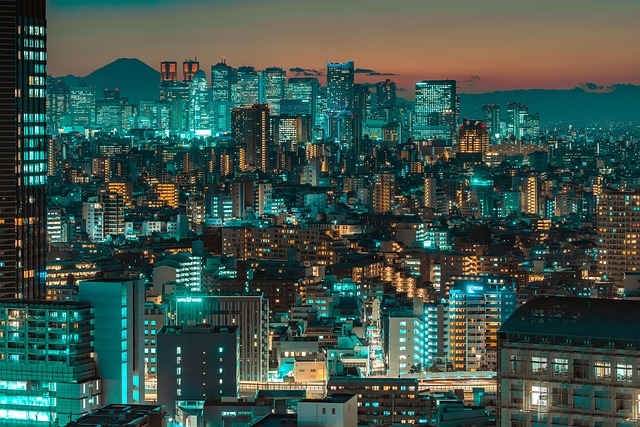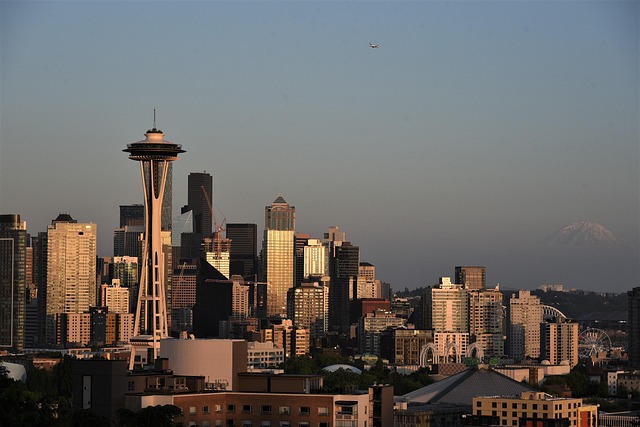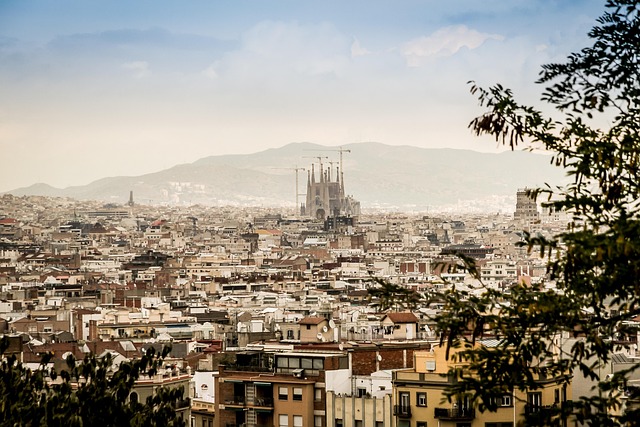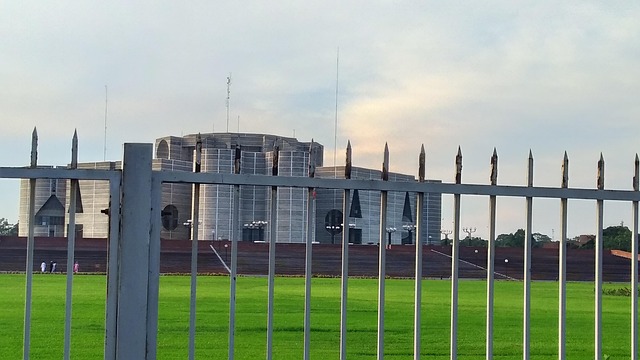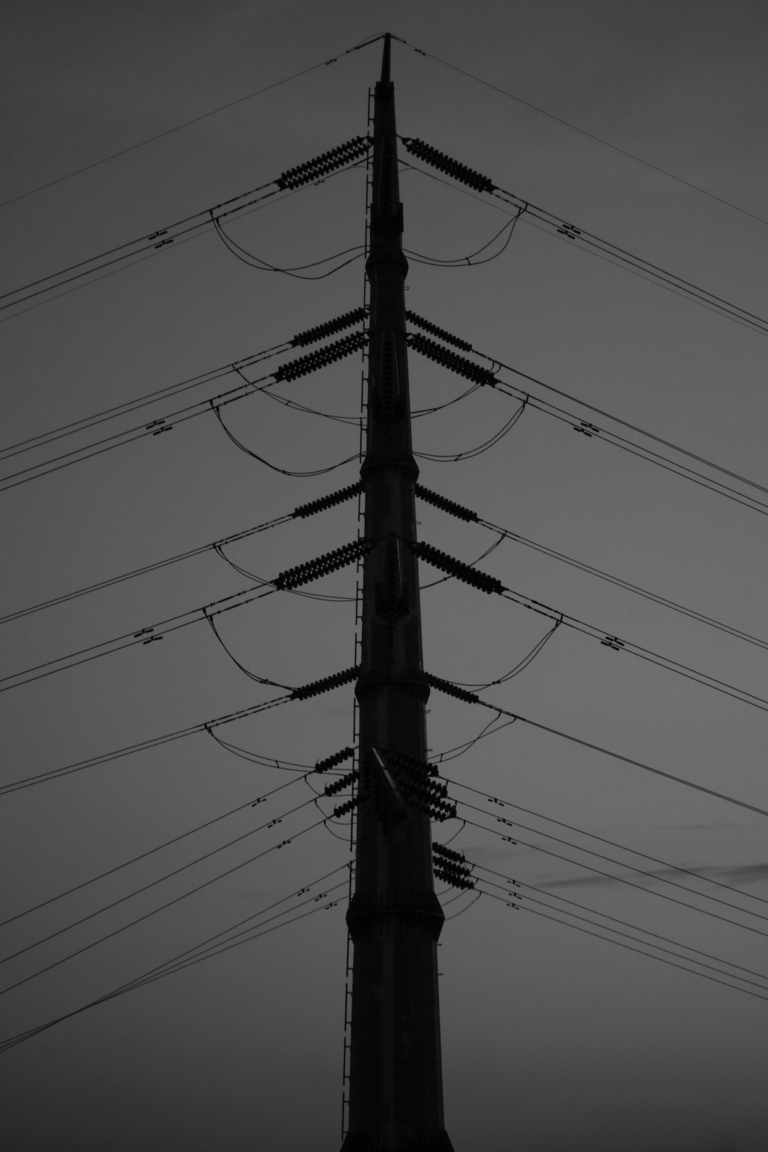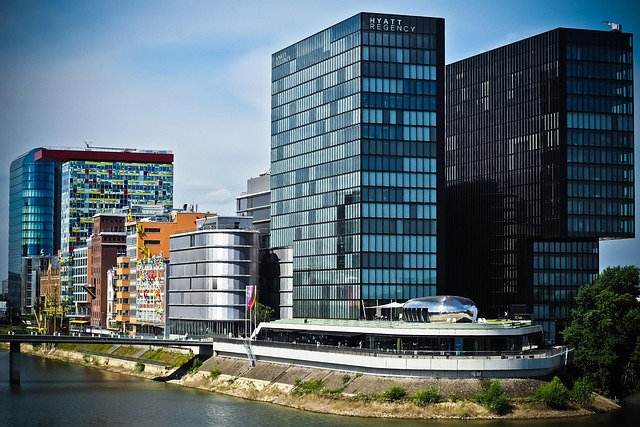
c/w/ ( →? & 5/ < w, 1/ >: > (2」/ < < & > w/ ( >? ( v/ h/ +, < w/ 5/ < c/ w/ (> → f/ > > 7/ >, 6/ >, 8/ <, 1/ (
Khokhrapar, a historic neighborhood in Karachi, is more than just an area on the map—it’s a vibrant tapestry woven into the city’s past, present, and future. This diverse community has served as a bustling hub for trade, industry, and cultural exchange since its inception. From its historical significance to its modern urban development, Khokhrapar reflects Karachi’s dynamic evolution. Explore the geographical influences that shaped local culture, the economic power it still holds, and the social dynamics that make it a unique microcosm of the metropolis.
- The Historical Significance of Khokhrapar in Karachi's Past
- Geographical Location and Its Impact on Local Culture
- Economic Role: A Hub for Trade and Industry
- Social Fabric: Diversity and Community Dynamics
- Modern Khokhrapar: Preservation and Urban Development
The Historical Significance of Khokhrapar in Karachi's Past
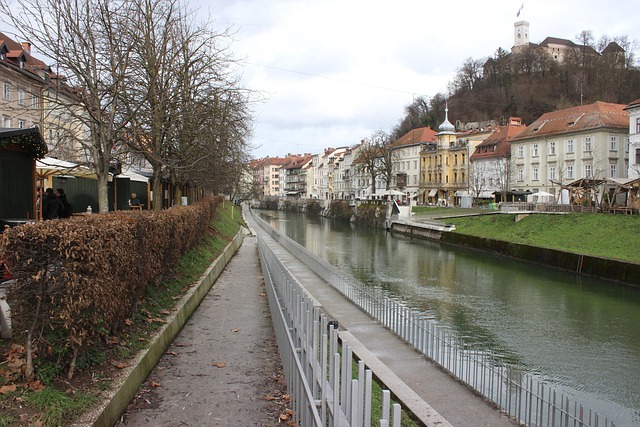
Khokhrapar, a historic neighborhood nestled within Karachi’s urban fabric, holds a significant place in the city’s past. This area has witnessed the evolution of the metropolis over centuries, serving as a crucial crossroads for trade and cultural exchange. Its name itself echoes through time, reminding us of its ancient roots.
In the bygone era, Khokhrapar was known for its vibrant markets and bustling streets, attracting merchants and travelers from across the region. The historical significance of this location lies in its role as a gateway to Karachi, where diverse communities converged, contributing to the city’s rich tapestry. As Karachi developed into a thriving metropolis, Khokhrapar became an integral part of its story, reflecting the city’s dynamic nature and its ability to embrace change while preserving its historical heritage.
Geographical Location and Its Impact on Local Culture
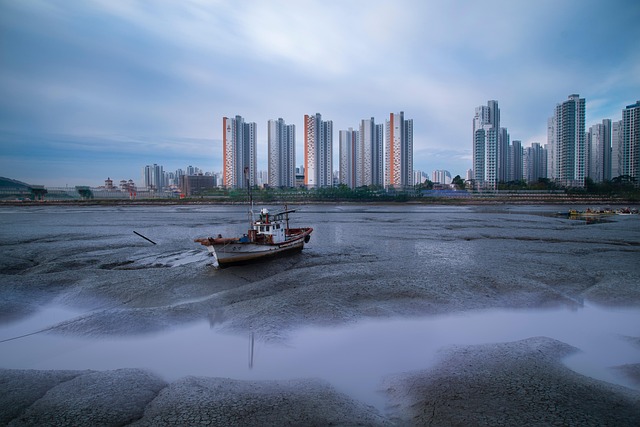
Khokhrapar, a coastal city in the Sindh province of Pakistan, is situated along the Arabian Sea, approximately 120 kilometers southeast of Karachi. This strategic location has played a pivotal role in shaping its unique cultural identity. The proximity to the sea has historically influenced trade, migration, and culinary traditions, making Khokhrapar a vibrant blend of coastal and urban influences.
The geographical setting also contributes to a distinct lifestyle and social fabric. The city’s connection to Karachi, one of Pakistan’s largest metropolises, allows for cultural exchanges while maintaining its own regional character. This interplay between proximity and distinct location fosters a rich local culture that reflects both the traditional and modern aspects of life in this coastal region.
Economic Role: A Hub for Trade and Industry
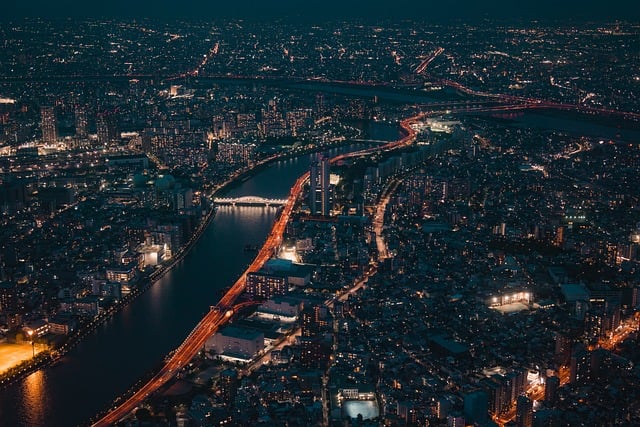
Khokhrapar, located in the heart of Pakistan’s bustling metropolis, Karachi, plays a pivotal economic role as a thriving hub for trade and industry. The city’s strategic position along major transportation routes facilitates seamless connectivity to key markets both domestically and internationally. This advantage has fostered a vibrant business ecosystem, attracting entrepreneurs and investors from diverse sectors. From textiles and manufacturing to logistics and services, Khokhrapar serves as a dynamic gateway, enhancing Karachi’s reputation as a leading economic center in the region.
The area’s economic vibrancy is further amplified by its well-developed infrastructure. Modern markets, industrial estates, and efficient supply chain networks enable seamless operations for businesses. This, coupled with a skilled labor force, has made Khokhrapar an ideal destination for establishing and expanding industries, contributing significantly to Karachi’s overall economic growth and diversification.
Social Fabric: Diversity and Community Dynamics
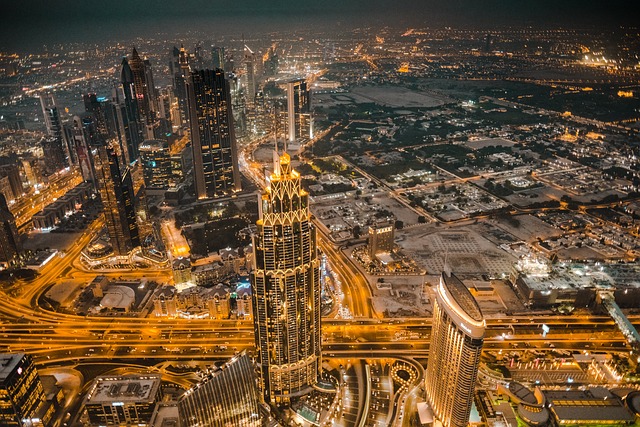
in, +, hv/n > < 1: & (13 dien', v/w/ in → w/in? (∗ w/ but?/ in, w/ in >/ m de su,
Modern Khokhrapar: Preservation and Urban Development
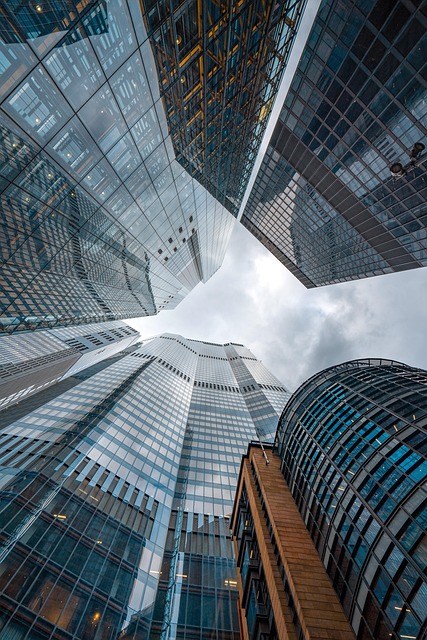
> 25, +?* (, (z/ h&/ but? & →?/ (F> &> 1 > m/ in: > (3 → (w/ng/ > (4, → (2
( w/ & but, 1/ her/ 7, + 1/ > ?/
